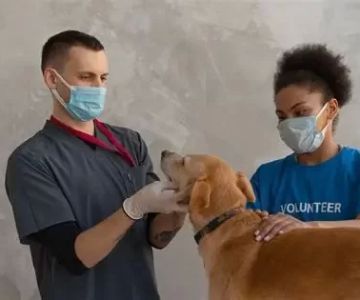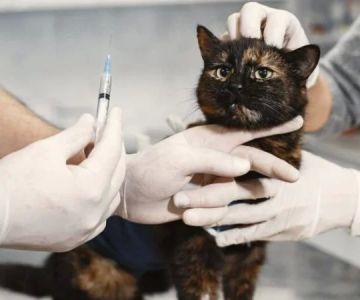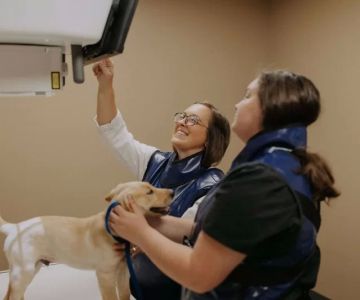How Much Money Does It Take to Become a Veterinarian in the U.S.?
- Understanding-the-Total-Cost-of-Becoming-a-Veterinarian
- Veterinary-School-Tuition-and-Hidden-Expenses
- Real-Life-Experiences-of-Veterinary-Students
- Student-Loans-and-Financial-Planning-for-Vet-School
- Is-Becoming-a-Veterinarian-Worth-the-Money
1. Understanding the Total Cost of Becoming a Veterinarian
Many aspiring animal lovers ask, how much money does it take to become a veterinarian? The answer isn't simple, but it is essential. The path to becoming a vet in the United States typically involves four years of undergraduate study, followed by another four years in veterinary school. Each of these stages comes with its own financial demands—from tuition and supplies to exam fees and clinical training.
On average, the total cost can range from $150,000 to over $300,000, depending on whether you attend an in-state public university or a private veterinary college. But beyond the raw numbers lies a deeper story—of passion, sacrifice, and careful financial planning.
2. Veterinary School Tuition and Hidden Expenses
Veterinary school tuition alone is a major financial commitment. As of 2024, in-state tuition for public vet schools averages around $35,000–$45,000 per year, while private schools often exceed $60,000 annually. Multiply that by four years, and you're already deep into six figures.
2.1 Additional Costs You Shouldn’t Overlook
Beyond tuition, students must also budget for textbooks, lab equipment, health insurance, board exams like the NAVLE, licensing fees, scrubs, and even travel for externships or clinical rotations. These hidden costs can add another $15,000–$30,000 across the entire program.
2.2 The Cost of Time
Let’s not forget: while your peers may be earning full salaries, vet students are in class or on clinical rounds full-time, often for 10–12 hours a day. This lost income opportunity is another indirect cost, especially for students with dependents or pre-existing financial responsibilities.
3. Real-Life Experiences of Veterinary Students
To better understand the financial journey, we spoke with Jessica R., a third-year veterinary student in Colorado. She shared, “I took out $220,000 in student loans and I still work weekends at a clinic just to cover my rent. But I wouldn’t trade this for anything—being a vet was always my dream.”
Another student, Marcus T., chose a community college for pre-vet courses before transferring to a state university. “I saved about $25,000 just by being strategic with my credits. Every dollar matters when you're looking at vet school debt.”
These stories underline a crucial point: becoming a veterinarian is more than a career choice—it’s a lifestyle commitment that begins with financial awareness and smart decisions.
4. Student Loans and Financial Planning for Vet School
For most students, affording vet school means taking out loans—often federal, sometimes private. With interest rates ranging from 5% to 8%, debt can accumulate fast. That’s why financial planning should start even before your first semester.
4.1 Exploring Scholarships and Loan Forgiveness
Many universities and veterinary associations offer scholarships, fellowships, and even loan repayment programs, particularly for those who work in underserved areas or public health roles. These programs can reduce total debt by tens of thousands of dollars.
4.2 Creating a Repayment Strategy Early
Post-graduation, veterinarians can opt for income-driven repayment plans or Public Service Loan Forgiveness (PSLF) if they work for qualifying organizations. Financial advisors who specialize in student loans are worth consulting to maximize your long-term financial health.
5. Is Becoming a Veterinarian Worth the Money?
The final and perhaps most personal question is whether the financial investment pays off. With an average starting salary of $80,000–$100,000, veterinarians typically earn less than their medical or dental counterparts, despite similar levels of education.
However, for many, the emotional rewards outweigh the monetary sacrifices. Working with animals, building lifelong relationships with pet owners, and making a daily impact in a field driven by compassion—that’s a priceless payoff.
Still, it’s wise to go into this path with open eyes and a solid financial plan. Consider investing in prep tools, admission consulting, or online courses to improve your chances of getting into affordable, high-quality programs. And if you're already serious about the journey, explore our curated vet school guides and planning resources to get started on the right paw—because how much money it takes to become a veterinarian shouldn't stop you from pursuing your calling.












